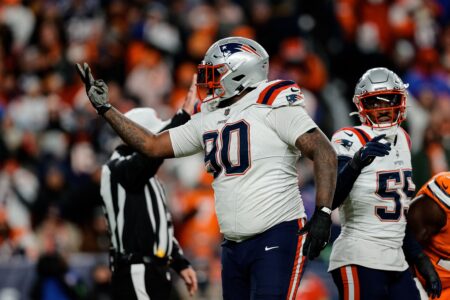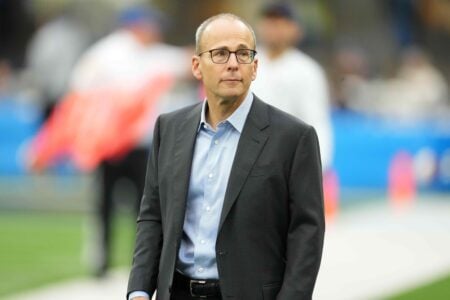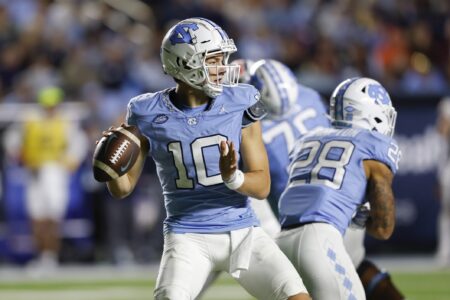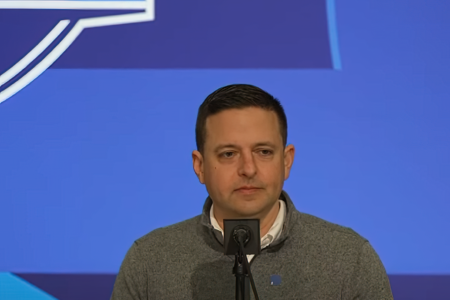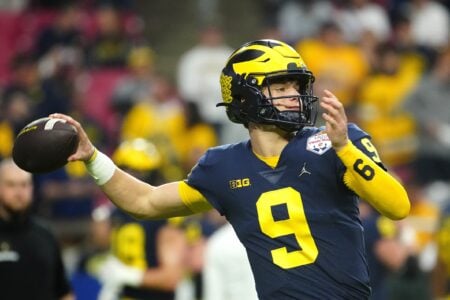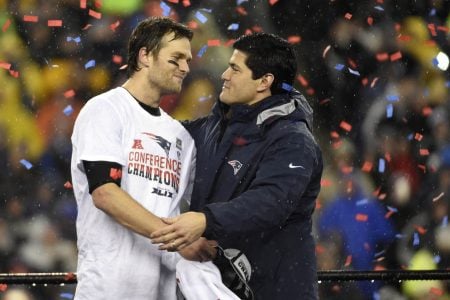I strongly agree with almost ALL of tour analysis.
I agree that the patriots (and probably almost everyone else) has done better drafting 6-20 than at 21-32.
---------------------
1) signing a second contract with New England is NOT a measure of success. The question whether the player contributed and was valuable during his contract period. Many things affect who a player will sign with in his second contract.
Let's look at your six and see the "misses" (there weren't any). I think that most any team would consider this group of 9 picks to be a solid group of draftees; much better production that most teams have gotten with similar picks, with fewer disappointments.
WILFORK - an all-pro, and the best pick since Brady
MARONEY - started as a contender for offensive rookie of the year. If you choose to judge players on production after injury, that is your choice.
GRAHAM
I wanted a linebacker when we traded up for Graham. However, Graham played very. very well for us. We certainly got solid value for the pick.
MERIWEATHER
All but folks on pats message boards thought Meriweather was one of the very best values picked in his draft class. He started for three years, and played reasonable well. He certainly was not a bust by any means.
MANKINS
Another pro-bowler
WATSON
We didn't want a TE, so message board fans disliked Watkins. He played very well early. Watson had one of the very best plays in the history of the patriots. Watson signed for someone else. Like Graham, we received reasonable value in Watson (not as much as Graham).
My 2 cents, the end of the first is not really a sweet spot:
21 - Wilfork
21 - Maroney
21 - Graham
24 - Meriweather
32 - Mankins
32 - Watson
Only 2 of 6 players got a 2nd contract with New England. The success of McCourty (27), Jones (21) and Hightower (25) could shift this range dramatically either way.
Still, you have to wonder just how sweet picks 21-32 really are. It changes every year depending on the players available but its a trend I have noticed.
Compare this to players selected in the top 20, where all picks earned a 2nd contract with us:
6 - Seymour
10 - Mayo
13 - Warren
(17 - Solder - TBD)





